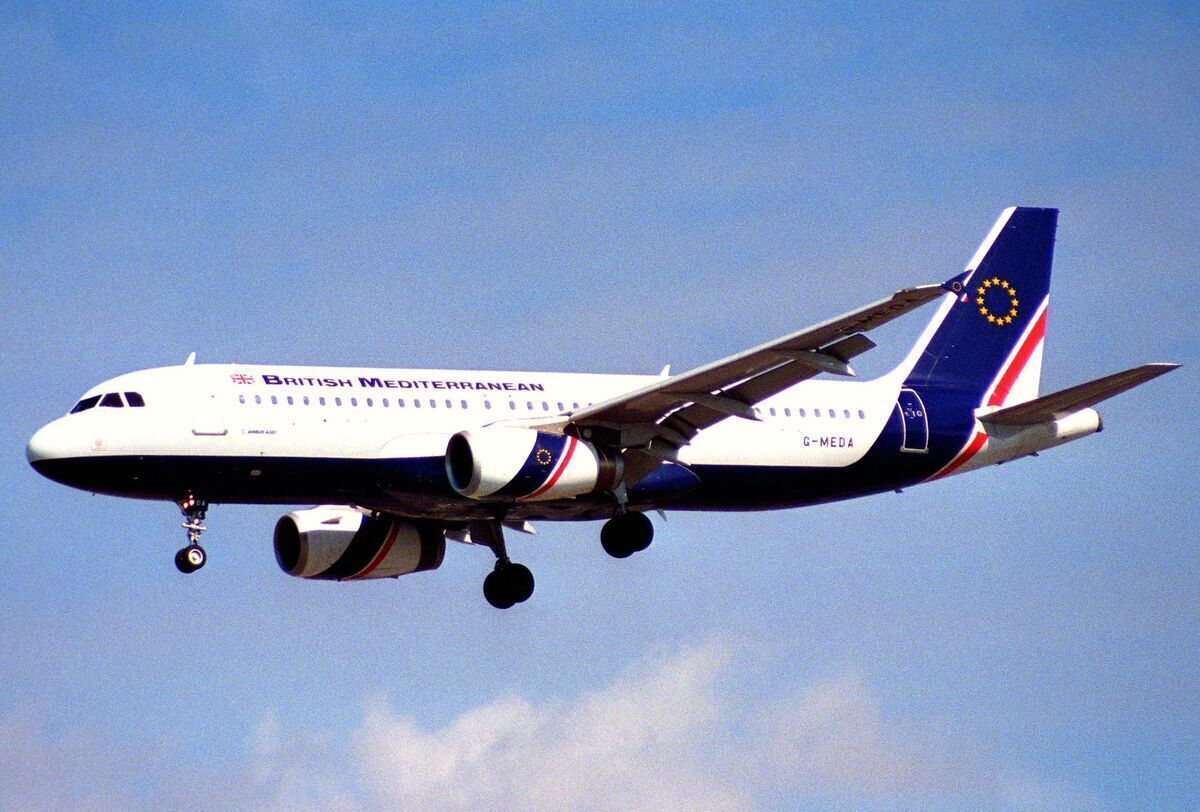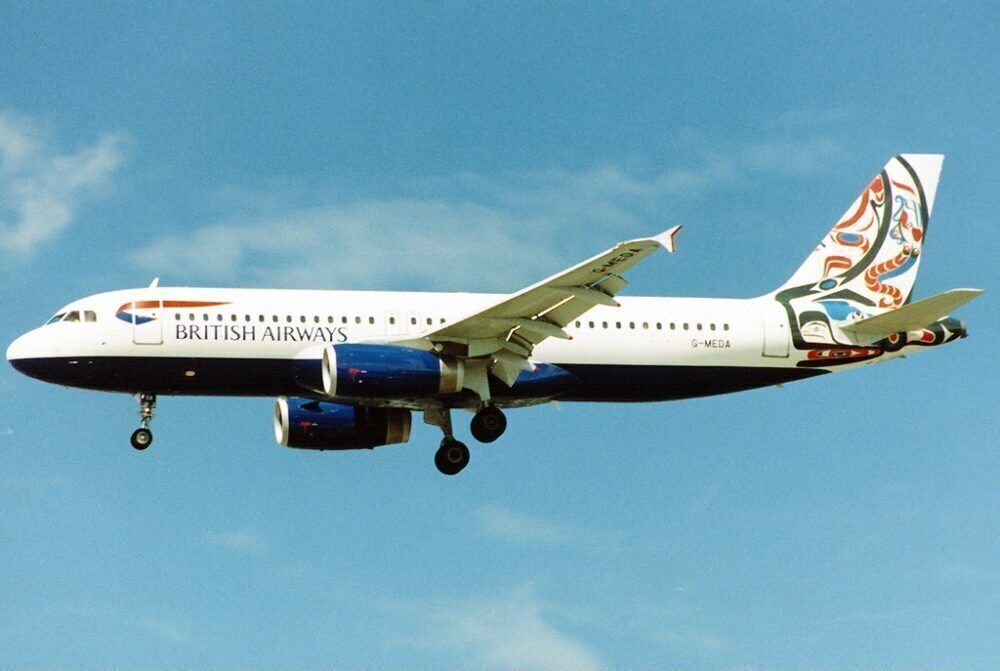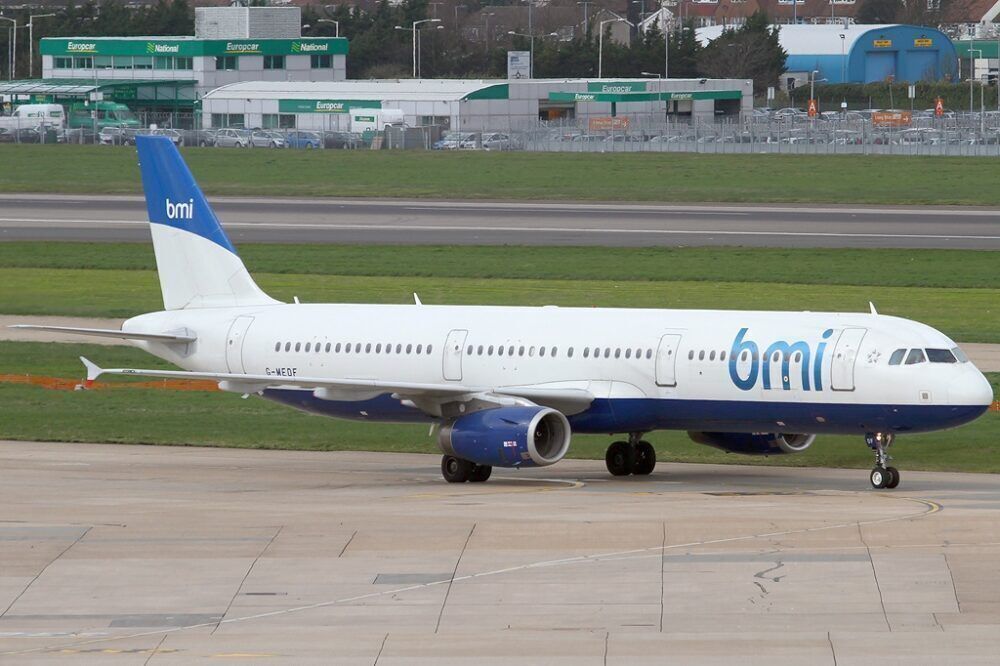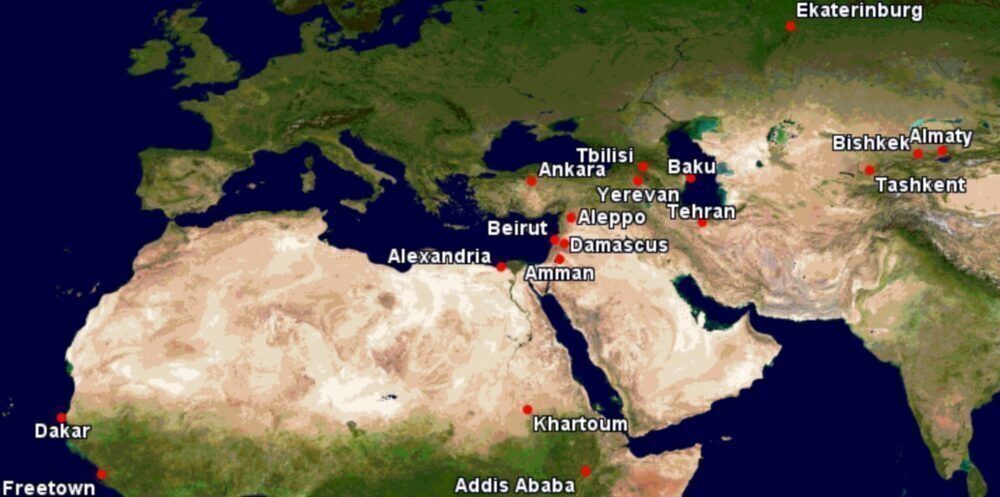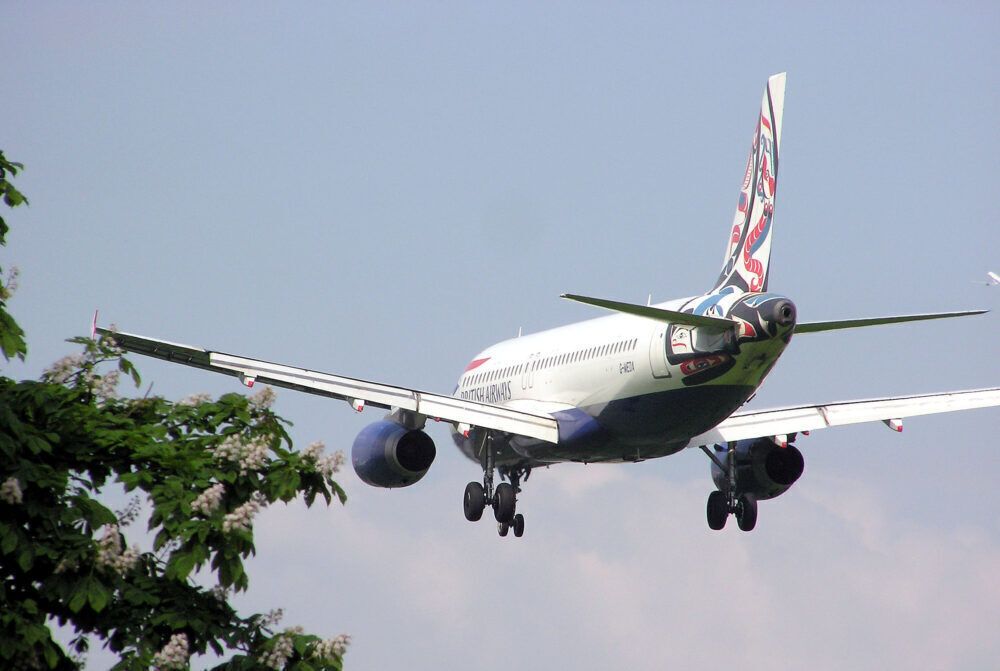British Mediterranean Airways – or BMED – was a unique UK carrier. Operating until October 2007, it focused exclusively on thinner destinations from London Heathrow across the Middle East, Central Asia, and Africa using a fleet of up to 11 A320s and A321s. We take a look at BMED.
BMED’s first flight departed from Heathrow in October 1994, bound for Beirut. It was operated by G-MEDA, an A320 delivered directly to the carrier. Now over 27 years old, ‘Delta Alpha left BMED in early 2006, ch-aviation.com’s database indicates. It has since worked for Indian Airlines, Air India, and Afghanistan’s Kam Air, and it is now with Iran Aseman.
Stay informed: Sign up for our daily and weekly aviation news digests.
First British Airways and then bmi
British Airways and BMED entered a franchise agreement in 1997, whereby the pair would collaborate rather than directly compete. This lasted for the bulk of BMED's existence. As is the case with franchises, customers would have barely noticed which airline was operating the flights. BMED’s aircraft were painted in full BA livery, with the same product and cabin crew uniforms.
From BA’s perspective, the agreement was partly to remove competition and add multiple new destinations that it could not really operate itself. It also benefited financially from the franchise fees paid by BMED. For BMED, it was to benefit from the marketing strength of BA and hopefully more passengers and revenue as a result.
Towards the end of BMED's existence, it suffered from large losses, the main owners pulling out, and difficulty obtaining additional capital. This wasn't helped by wars and other instability in some of its key destinations. bmi purchased BMED in 2007 for £30 million, plus debt, with the end of BMED coming on October 27th, 2007 – almost exactly 13 years after its first flight took off.
18 thinner, exotic destinations
In 2006, the year before the acquisition by bmi, BMED had a total of 7,696 two-way flights for BA, with almost 1.2 million seats. The carrier had less than 2% of all BA seats from Heathrow, analyzing Cirium data confirms.
In this final full year, BMED’s Heathrow network comprised 18 destinations – including Aleppo and Damascus in Syria, as shown in the following map, well before the war started. Virtually all destinations saw BMED as the only British operator, and for several destinations, it was the only carrier offering service from London.
One-stops were vital
Many destinations operated on a one-stop basis, with this set up absolutely vital, without which they probably wouldn’t be served at all. Indeed, one-stops were needed to increase traffic and range issues due to narrowbody service. However, they were costly and more complex to operate.
There are many one-stop examples, but the most exciting, to the author at least, include Freetown, the Sierra Leone capital, via Dakar, while Khartoum was variously served in 2006 on a one-stop basis via Amman, Beirut, or Ankara. Meanwhile, the Kazak city of Almaty was served via Yekaterinburg (Ekaterinburg).
A day in the life: June 14th, 2006
This article is being written on June 14th. Looking back to the same day 15 years ago, BMED had the following operation, with all departure times local from Heathrow:
- 13:35 Addis Ababa via Beirut; A320
- 14:30 Baku; A321
- 14:35 Bishkek via Yerevan; A320
- 19:00 Khartoum via Ankara; A321
- 21:15 Damascus via Aleppo; A320
- 22:00 Tehran; A321
Did you fly BMED or have you flown any ex-BMED aircraft? Let us know by commenting.

